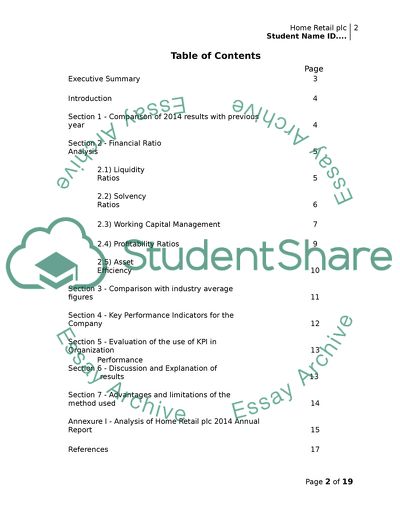Cite this document
(Home retail group plc (Finance) Coursework Example | Topics and Well Written Essays - 2000 words, n.d.)
Home retail group plc (Finance) Coursework Example | Topics and Well Written Essays - 2000 words. https://studentshare.org/finance-accounting/1860888-home-retail-group-plc-finance
Home retail group plc (Finance) Coursework Example | Topics and Well Written Essays - 2000 words. https://studentshare.org/finance-accounting/1860888-home-retail-group-plc-finance
(Home Retail Group Plc (Finance) Coursework Example | Topics and Well Written Essays - 2000 Words)
Home Retail Group Plc (Finance) Coursework Example | Topics and Well Written Essays - 2000 Words. https://studentshare.org/finance-accounting/1860888-home-retail-group-plc-finance.
Home Retail Group Plc (Finance) Coursework Example | Topics and Well Written Essays - 2000 Words. https://studentshare.org/finance-accounting/1860888-home-retail-group-plc-finance.
“Home Retail Group Plc (Finance) Coursework Example | Topics and Well Written Essays - 2000 Words”. https://studentshare.org/finance-accounting/1860888-home-retail-group-plc-finance.


